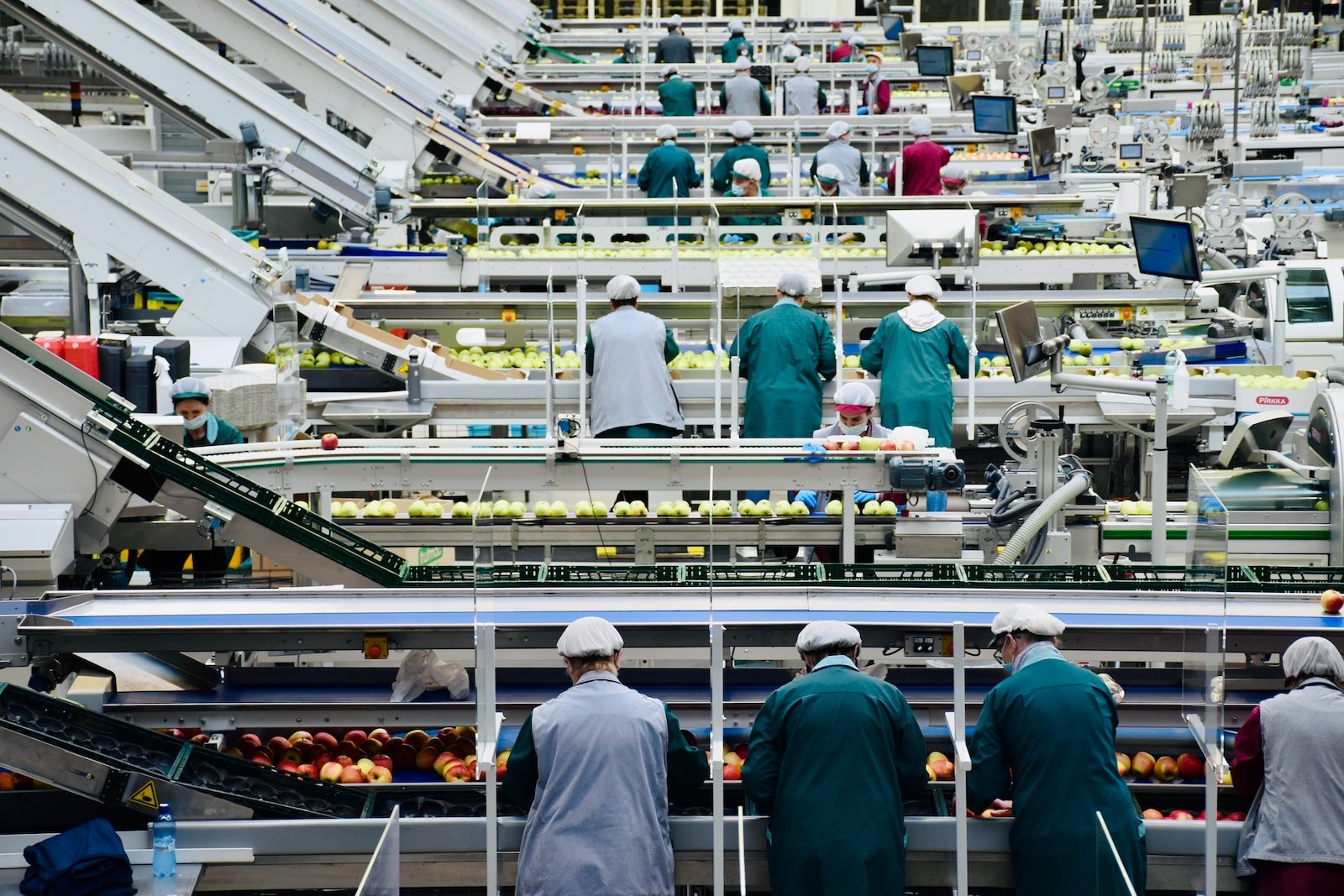Industrial IoT (Internet of Things) refers to the application of IoT technology in the industrial sector, where it connects various devices, sensors, machines, and systems to enable data collection, analysis, and automation. It aims to improve operational efficiency, optimize processes, and facilitate better decision-making in industrial settings.
Here are some use cases of Industrial IoT:
- Predictive Maintenance: Industrial IoT allows monitoring of equipment and machinery in real-time, collecting data on performance, temperature, vibration, and other metrics. This data is then analyzed to identify patterns and predict potential failures or maintenance needs. By proactively addressing maintenance issues, companies can avoid costly downtime and improve equipment lifespan.
- Asset Tracking and Management: IoT sensors can be used to track and manage industrial assets, such as tools, equipment, and inventory. By providing real-time location information and monitoring usage, companies can optimize asset allocation, prevent loss or theft, and improve overall operational efficiency.
- Energy Management: Industrial IoT enables the monitoring and control of energy consumption in factories and industrial facilities. Sensors can collect data on energy usage, identify inefficiencies, and provide insights for optimizing energy consumption, reducing costs, and improving sustainability.
- Supply Chain Optimization: IoT devices can track and monitor goods throughout the supply chain, providing real-time visibility into the location, condition, and movement of products. This allows companies to streamline logistics, improve inventory management, minimize delays, and enhance overall supply chain efficiency.
- Quality Control and Process Optimization: Industrial IoT can improve product quality and process optimization by collecting data from sensors embedded in manufacturing equipment. This data can be analyzed to identify patterns, detect anomalies, and optimize production processes to reduce defects and improve overall product quality.
- Safety and Security: IoT devices can enhance workplace safety by monitoring environmental conditions, detecting hazardous situations, and alerting workers in real-time. Industrial IoT can also be used to enhance physical security by integrating surveillance systems, access controls, and alarm systems into a unified network.
- Remote Monitoring and Control: Industrial IoT enables remote monitoring and control of industrial processes and machinery. This allows operators to monitor operations from anywhere, make adjustments, and respond to issues promptly, improving efficiency and reducing the need for on-site visits.
- Process Automation and Robotics: Industrial IoT plays a crucial role in enabling process automation and integration with robotics systems. IoT devices can provide real-time data to control and coordinate robotic systems, optimizing tasks such as material handling, assembly, and quality control.
- Real-time Analytics and Decision-Making: Industrial IoT generates a vast amount of data from various sources. By leveraging real-time analytics, companies can gain valuable insights into their operations, identify trends, make data-driven decisions, and implement process improvements in real-time.
In conclusion, the integration of Industrial IoT into industrial processes brings forth a multitude of benefits. By harnessing the power of connectivity, data analytics, and automation, IoT technology revolutionizes the way industries operate, making them smarter, more efficient, and more sustainable.
Industrial IoT also plays a vital role in ensuring safety and security within industrial settings. By monitoring environmental conditions, detecting hazards, and integrating surveillance and access control systems, companies can create safer work environments for their employees. Additionally, remote monitoring and control capabilities enable prompt response to emergencies and efficient remote management of industrial operations.
As the Industrial IoT continues to evolve, the possibilities for its applications and benefits are boundless. By embracing this transformative technology, industries can unlock new levels of efficiency, sustainability, and innovation, shaping the future of industrial operations.







